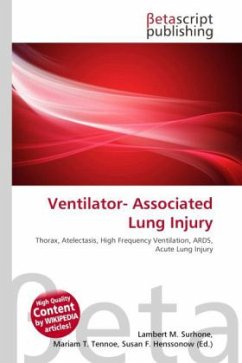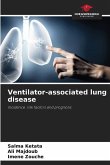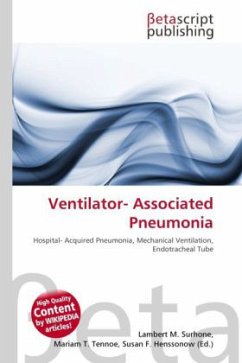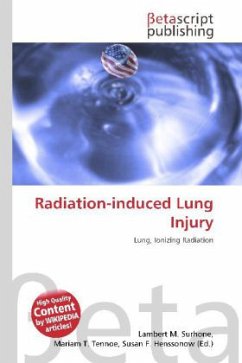High Quality Content by WIKIPEDIA articles! Ventilator-associated lung injury, also known by the abbreviation VALI, is lung injury thought to be due to artificial (mechanical) ventilation.VALI is thought to be caused by multiple factors. The human lung normally ventilates by using negative pressure in the thorax. Once positive pressure is applied, some degree of VALI is likely to occur. VALI is also caused by use of increased tidal volumes. VALI is also thought to occur more frequently in patients with diseased or inflamed interstitial tissue of lungs. One major causative factor is the over stretching of the airways and alveoli. During mechanical ventilation, the flow of gas into the lung will take the path of least resistance. Areas of the lung that are collapsed (atelectasis) or filled with secretions will be underinflated, while those areas that are relatively normal will be overinflated. These areas will become over distended and injured. This may be reduced by using smaller tidal volumes.








